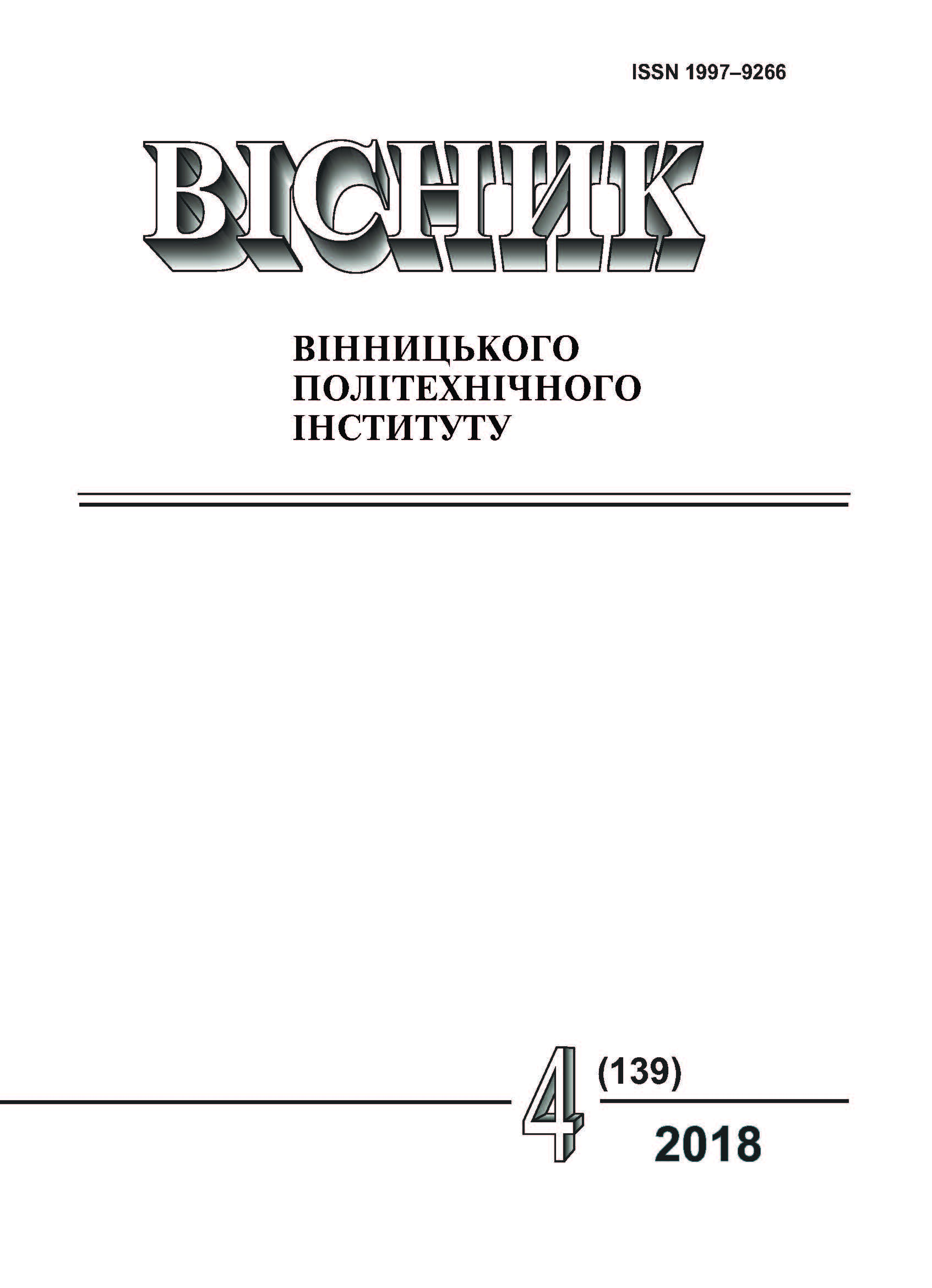Thermophysical testing of flow behaviors of composite liquid media
Keywords:
heat exchange, Newtonian fluid, non-Newtonian fluid, rheological curve, effective viscosity, shear rate, viscosimetry, thermophysical testing, rheological behavior, complex environmentAbstract
The method of thermophysical testing of complex liquid media is proposed to assess the nature of their behavior (Newtonian or Non-Newtonian) in conditions close to real heat engineering processes. The experimental results of the interconnection of the equivalents of effective viscosity and shear rate in complex mixtures under complex thermodynamic conditions are analyzed.
The expediency of the proposed method of thermophysical testing of the handling of complex liquid media used in heat technology equipment for the processing of agricultural products, as well as for the utilization of animal waste by fermentation with the production of biogas and fertilizers, is substantiated.
The analysis of the existing literary information on the determination of rheological properties of viscous fluid media, the thermophysical and rheological characteristics of which have not been studied or studied in part. Viscometric and rheometric methods of testing complex liquids are considered. In nonisothermal viscometry, we try to exclude the effect of self-heating on the indicators that are determined or to use this effect to determine the rheological parameters, depending on the temperature. Using the results of rotational viscometry, introducing significant simplifications, mathematical models of thermal and hydrodynamic calculations are created. For hydraulic calculations, this approach is acceptable unlike thermal. To estimate the coefficient of heat transfer to a complex poly-component multiphase liquid medium, it is necessary to first identify its behavior — characteristic of Newtonian fluid or structured non-Newtonian.
It is shown the expediency of combining viscosimetric and rheometric methods with thermophysical methods for evaluation of liquid media behavior. The method can be regarded as a possible alternative to rotary viscometry, since it takes into account the shear stresses and gradients of shear rates that arise from the joint effect of temperature difference and mechanical perturbation in the medium. The use of this method in conditions close to the actual technological can accelerate the introduction of the results of traditional studies of non-Newtonian fluids into engineering practice
References
С. И. Ткаченко, Н .В. Пишенина и Т. Ю. Румянцева, «Исследование процессов теплообмена в реонестабильных смесях органического происхождения,» Инженерно-физический журнал, том 87, № 3. с. 700-707, 2014.
Н. В. Пишенина, «Теплообмен в сложных смесях в условиях естественной конвекции,» Современные технологии, материалы и конструкции в строительстве. Научно-технический сборник, № 2, с. 124-131, 2011.
С. И. Ткаченко и Н. В. Пишенина, «Метод определения интенсивности теплообмена в реонестабильных смесях,» Современные технологии, материалы и конструкции в строительстве. Научно-технический сборник, № 2, с. 78-87, 2012.
С. И. Ткаченко, «Методы и средства снижения неопределенностей оценки интенсивности теплообмена в сложных смесях», Вестник Национального технического университета «Харьковский политехнический институт». Научно-технический сборник. Серия: Энергетические и теплотехнические процессы и оборудование, № 12(1055), с. 116-126, 2014.
А. Я. Малкин и А. Е. Чалых, Диффузия и вязкость полимеров. Методы измерения. Москва: Химия, 1979.
Ю. Е. Пивинский, Реология дилатантных и тиксотропных дисперсных систем. Санкт-Петербург, 2001.
П. Ф. Овчинников, Н. В. Круглицкий и Н. В.Михайлов, Реология тиксотропных систем. Киев: Наукова думка, 1972.
Г. Б. Фройштетер, С. Ю. Данилевич, и Н. В. Радионова, Течение и теплообмен неньютоновских жидкостей в трубах. Киев: Наукова думка, 1990.
С. И. Кузьмин, «Теплообмен и трение в реологических системах с учетом переменной вязкости жидкости,» дис. канд. техн. наук : спец. 01.04.14, Астраханский государственный технический университет, Астрахань, 2005.
С. С. Кутателадзе, Е. М. Хабахпашева, В. Б. Лемберский и В. И. Попов, Некоторые вопросы гидродинамики и теплообмена структурно-вязких сред. Тепло- и масообмен в неньютоновских жидкостях. Москва: Энергия, 1968.
З. Ю. Шульман, Конвективный тепломассоперенос реологически сложных жидкостей. Москва: Энергия, 1975.
А. А. Семеновский, Бесподстилочный навоз и его использование для удобрения. Москва: Колос, 1978.
А. Н. Тропин «Повышение эффективности работы самотечной системы удаления навоза путем оптимизации ее конструктивных и технологических параметров», автореф. дис. канд. техн. наук. Санкт-Петербург-Павловск: Государственное научное учреждение Северо-Западный научно-исследовательский институт механизации и электрификации сельского хозяйства Россельхозакадемии, 2011.
В. А. Кузин и А. Н. Ковальчук, «Выбор элементов поточной технологической линии удаления навоза для фермерских хозяйств,» Материалы международной заочной научной конференции 15 октября 2010 г. «Проблемы современной аграрной науки,” Красноярский государственный аграрный университет. Красноярск, 2011.
Downloads
-
PDF (Українська)
Downloads: 233
Published
How to Cite
Issue
Section
License
Authors who publish with this journal agree to the following terms:
- Authors retain copyright and grant the journal right of first publication.
- Authors are able to enter into separate, additional contractual arrangements for the non-exclusive distribution of the journal's published version of the work (e.g., post it to an institutional repository or publish it in a book), with an acknowledgment of its initial publication in this journal.
- Authors are permitted and encouraged to post their work online (e.g., in institutional repositories or on their website) prior to and during the submission process, as it can lead to productive exchanges, as well as earlier and greater citation of published work (See The Effect of Open Access).





